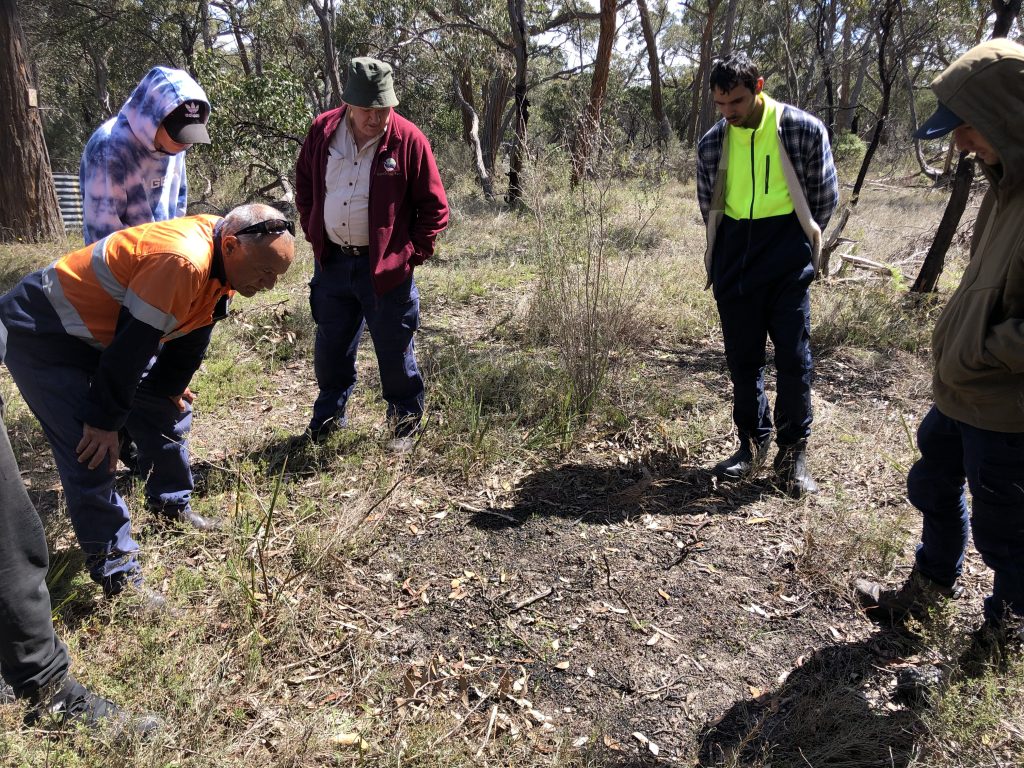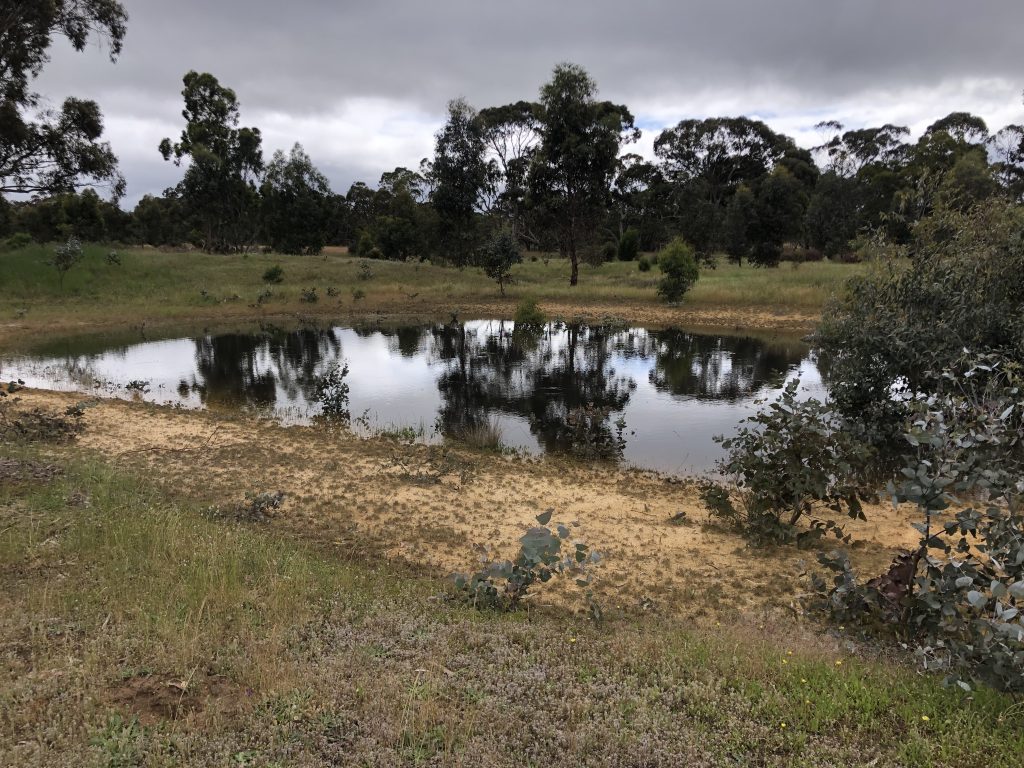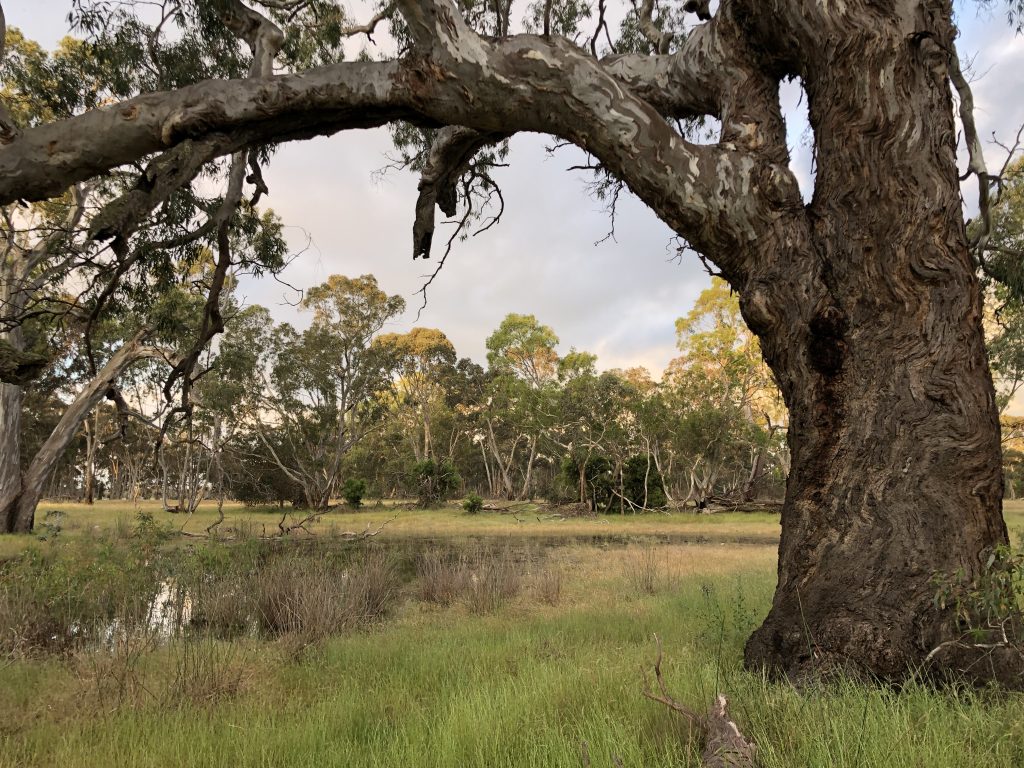Repairing the Past at private land conservation sites: Part 4
The Repairing the Past project is a collaboration between NGT and three other landholders in the Upper South East of South Australia, plus Burrandies Aboriginal Corporation, Limestone Coast Landscape Board, and other community members and organisations to repair the impacts of past land management actions across four reserves (including NGT’s Eaglehawk Waterhole).
Key actions of the project are to:
- continue engagement with the local First Nations community, linked to seasonal calendar;
- address surface water issues created by dams on one property by improving seasonally wet flat flora diversity;
- plan and implement a regular but sympathetic burning program (with cultural considerations) to encourage “on Country” experiences;
- reduce the cover of woody overstorey and increase herbaceous diversity in woodland and heathland areas;
- and revegetate disturbed sites.
You can catch up on previous posts from November 2021, January 2022, and August 2022 and keep reading for updates on recent actitivites.
Traditional Owner visit to Binnum to view burn areas
Members of the local First Nations community came out on site recently to view the results of the small container burns at Binnum. We were led by Uncle Ken around his property stopping at each burn site to inspect the regeneration since the May 2022 fires.
The autumn burn covered a various habitats like Brown Stringybark throughout which we found lots of heath and murrnong, Hill Gum growing over wet heath species, and seasonal herbaceous wetland with diverse aquatic flora including Old Man’s Weed, through to the SA Blue Gum woodland which primarily has a herbaceous/grassy understory.

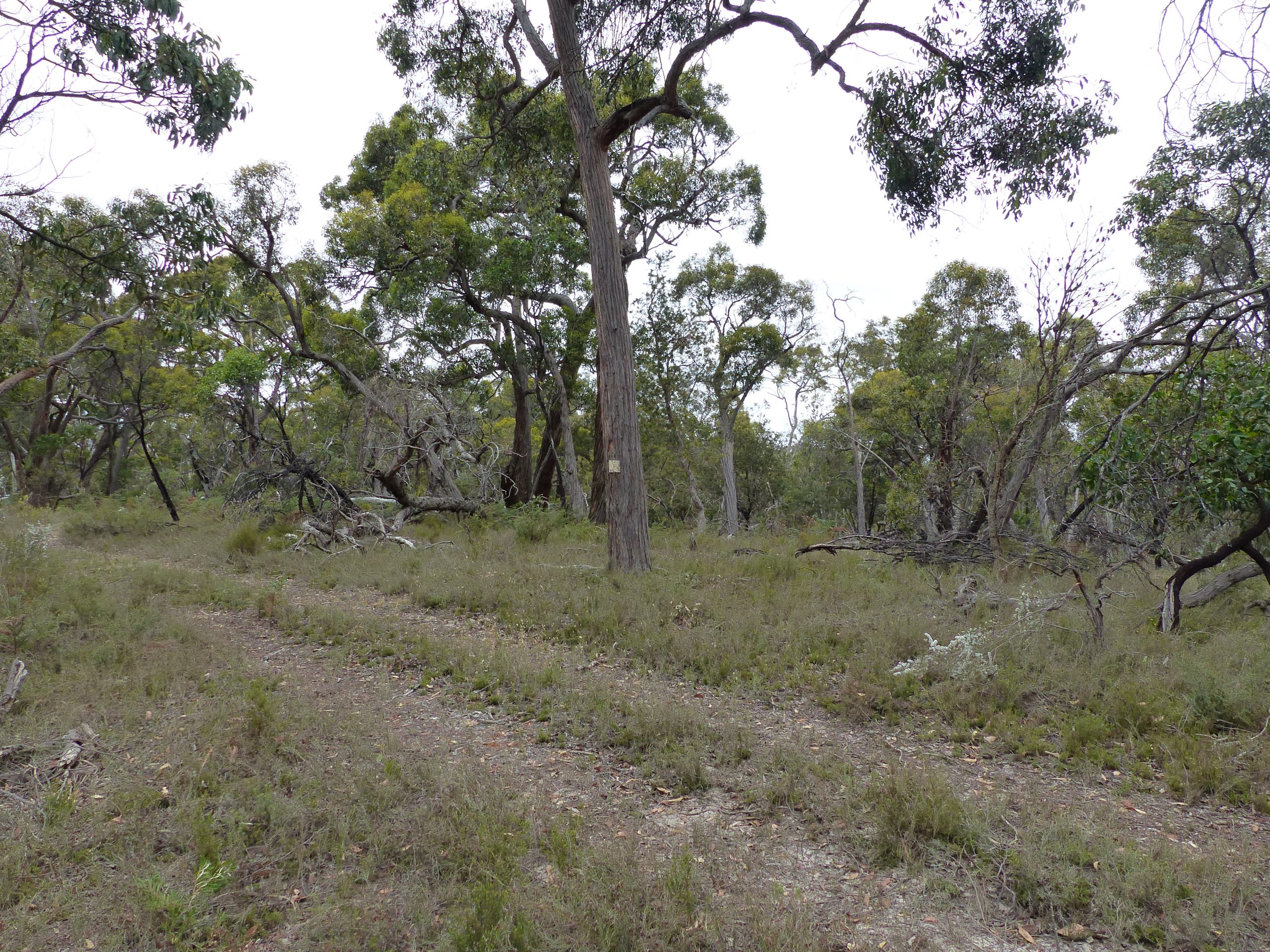
We are a little early to proclaim success from our burns; however, it was encouraging to see burn sites revegetating well with few weeds and a broad range of bushfoods. Plants regenerating from within the burn areas either survived the fire then resprouted (at ground level), and/or the plants died and germination has come from wind-blown or soil-borne seed, and/or dormant seeds in the soil have been stimulated by the heat and smoke generated by the burns.
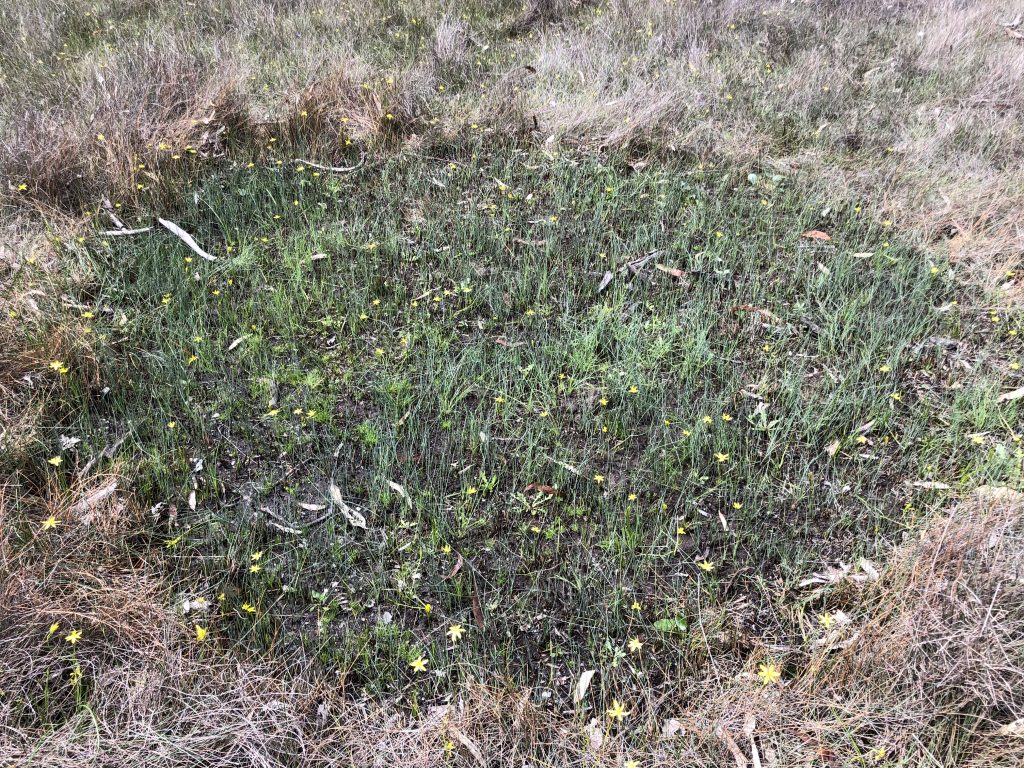
We look forward to continuing this burning program next autumn and returning to observe and record the post-fire regeneration.
Revegetation around dams (year 1) completed at NGT’s Eaglehawk Waterhole
A major community activity during this project has been planting seedlings to speed up the recovery of the dam sites back to a more natural state. Students from Frances Primary School are seen below helping complete the year 1 plantings.
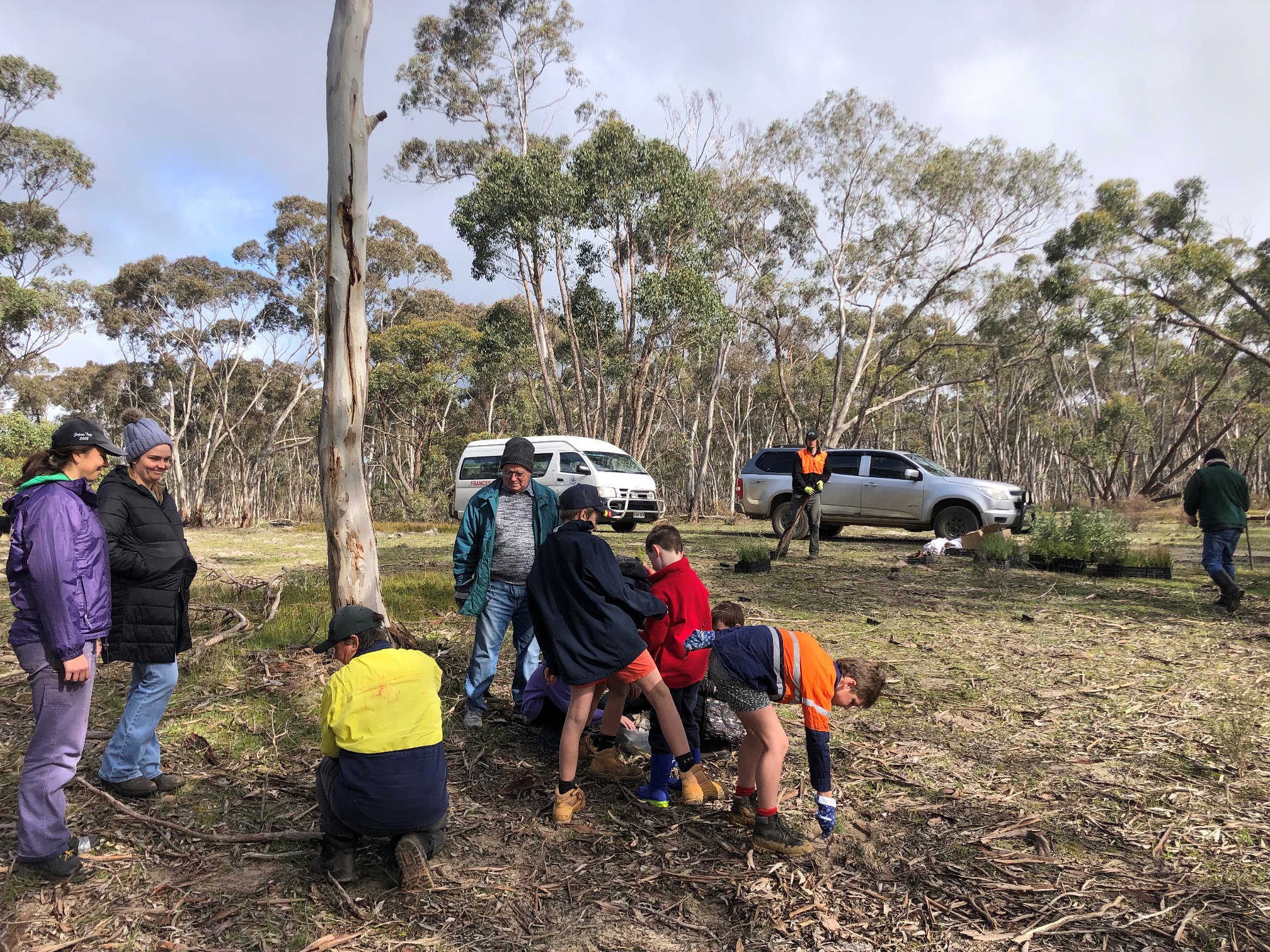
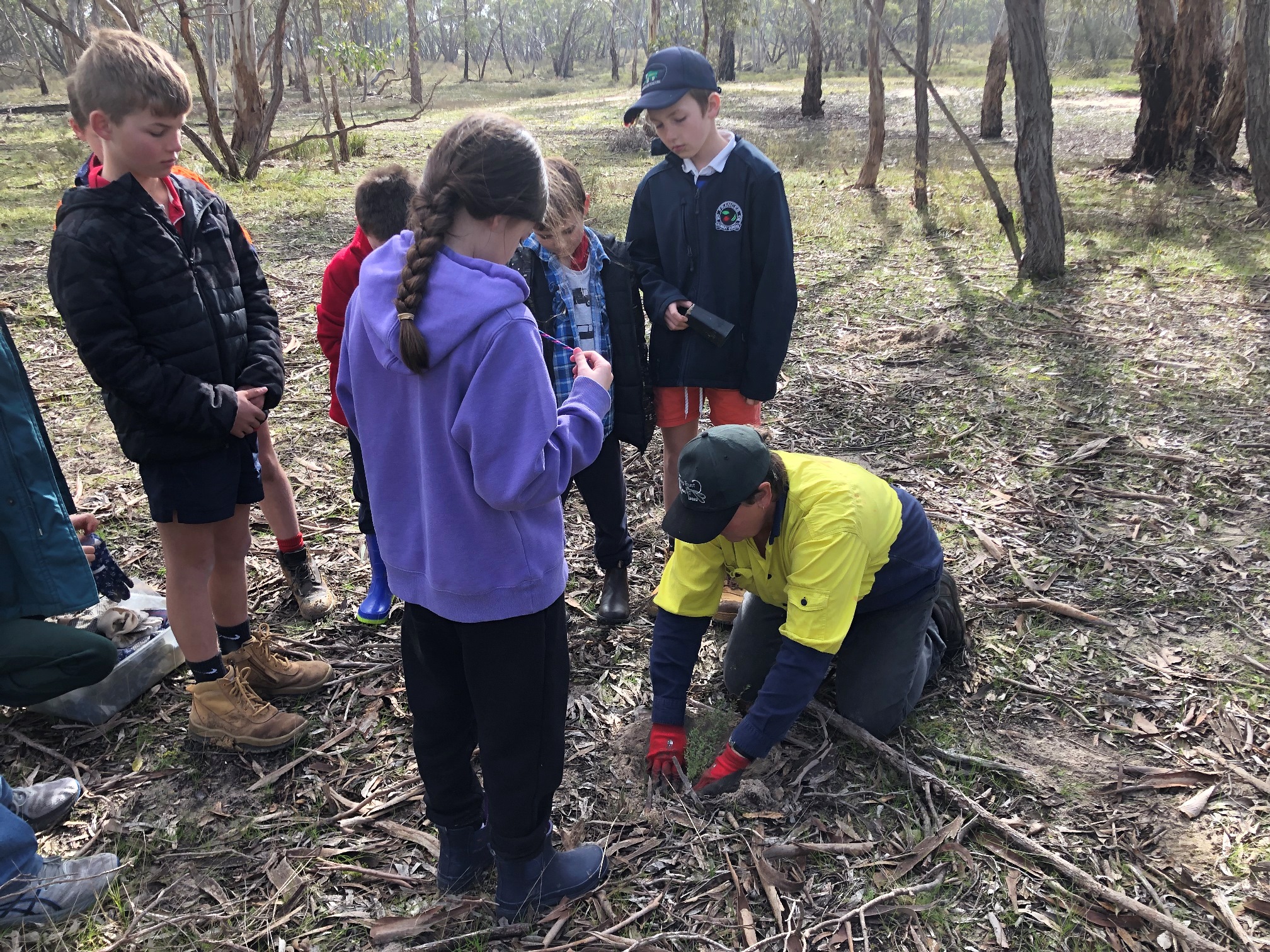
The abundant rainfall we’re having this spring is giving us a great opportunity to see how the bunds placed last year along the edges of three out of four dams at Eaglehawk are working. You can see in the images below that lots of water has been held back on the wet flats, helping improve flora.
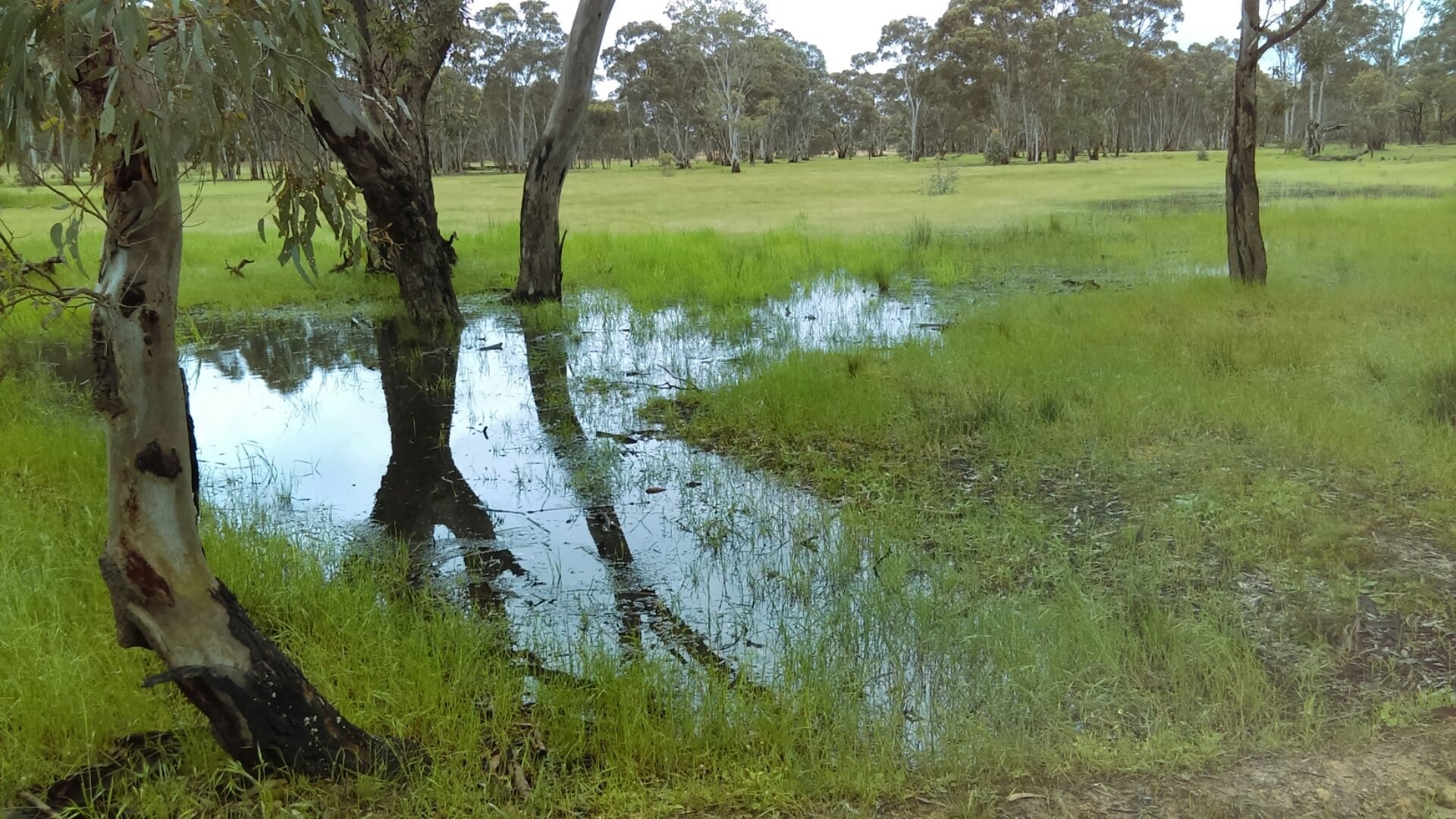
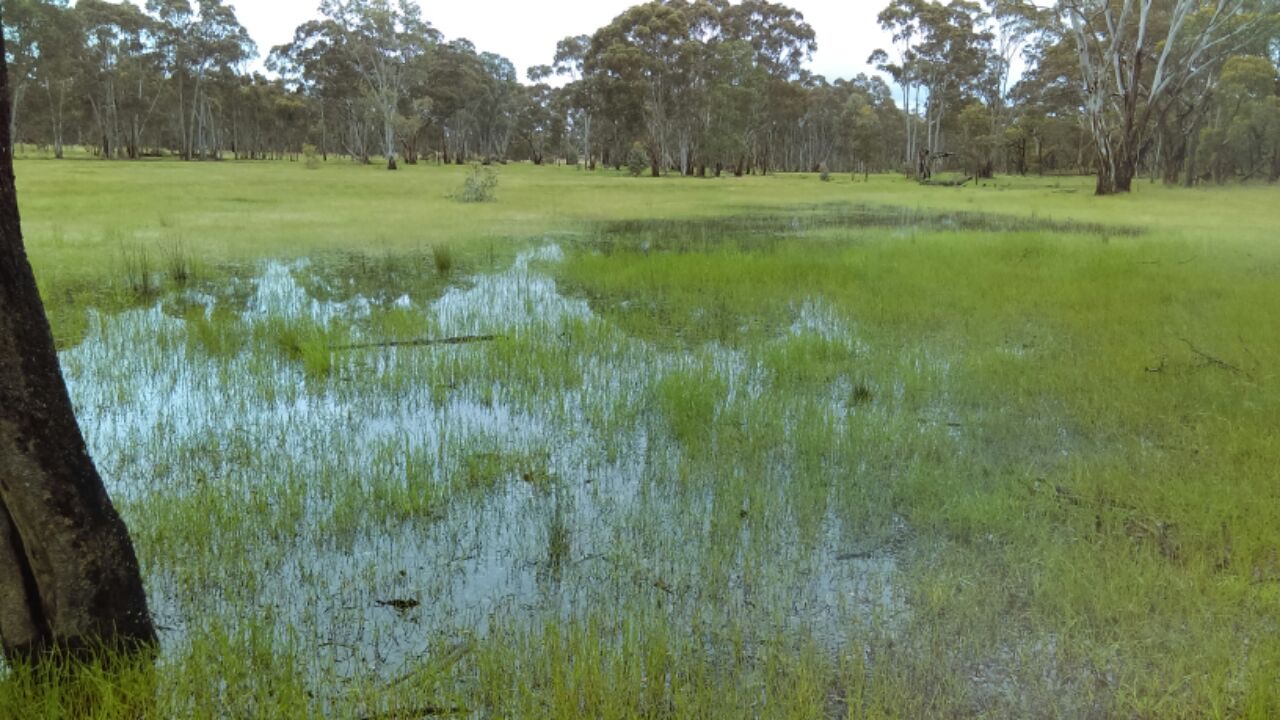
Our main reason for not decommissioning the dams by backfilling was to protect and improve the habitat for the eastern long-necked turtle which is a totem for local First Nations people. The species is known to occur in two dams at Eaglehawk Waterhole. Andy, our resident caretaker reported seeing three at one time in dam 4 in October this year.
And finally, with the great interest in our very special ‘ring tree’ at our 10 year celebrations at Eaglehawk back in June, I thought it appropriate to let everyone know that it’s wet out the back this spring, meaning this beautiful ancient tree has wet feet.
Other activities underway through this project include mapping of the vegetation communities and the gathering of flora and fauna information throughout each Heritage Agreement area.
This project is funded through the South Australian Government, devolved by the Revitalising Private Conservation in South Australia pilot project – working in partnership with Nature Foundation, Livestock SA, Trees For Life, Nature Conservation Society SA and Conservation Council SA.

